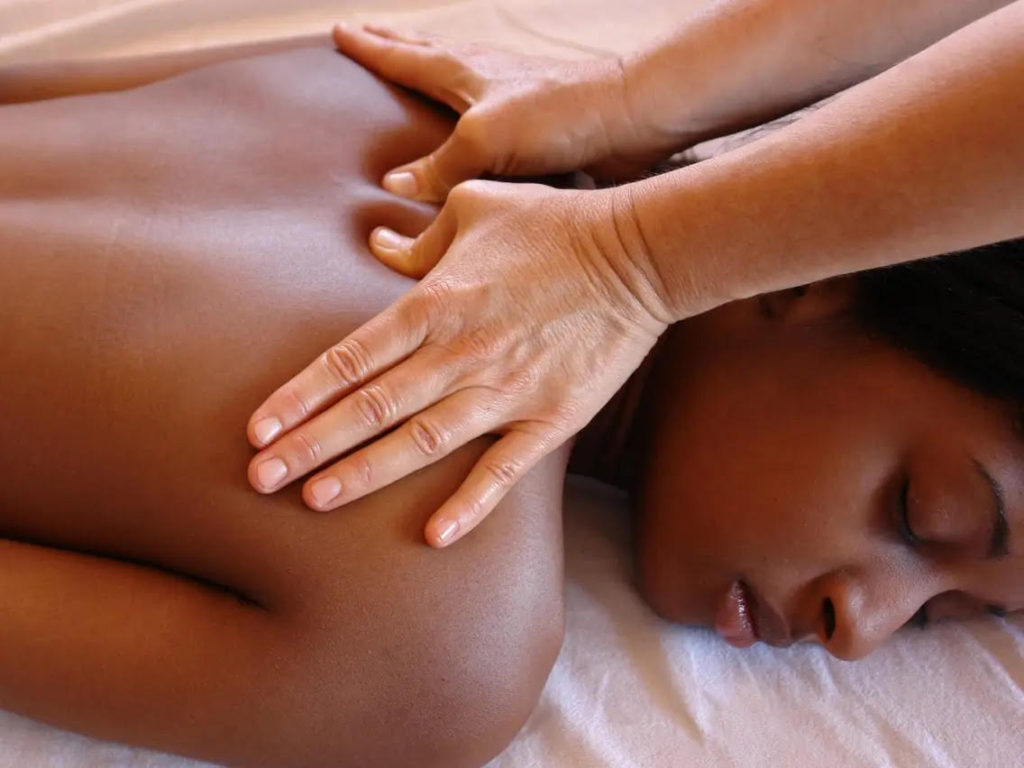If you’ve ever experienced a traumatic event in your life, you understand that healing trauma is not an easy task. You may have even experienced flashbacks, nightmares, grief, and a plethora of other emotions surrounding the event that were difficult to work through. Although talk therapy with a mental health professional is extremely helpful for processing these events, we often neglect to address trauma’s impact on our bodies, which is essential for holistic healing.
As most of us know, exercise is a scientifically proven mood booster. Exercise is known to decrease symptoms of both depression and anxiety and alleviate stress. Physical activity increases endorphin levels in our brains, the body’s “feel good” hormones, producing feelings of happiness and euphoria. Even just moderate exercise throughout the week can improve depression and anxiety, so much so that some doctors recommend an exercise regimen for these conditions before prescribing medication!
As it’s clear that exercise drastically improves symptoms of depression and anxiety, it is implied that moving our bodies is particularly important for mental healing. For this reason, the mental health world is now identifying the positive impact of other body movement techniques for healing trauma – and I’m here to tell you all about it.
For starters, by definition, “bodywork” is simply therapeutic techniques in integrative medicine which involve touching or manipulating the body. It is slightly different from regular exercise due to its emphasis on mindfulness and grounding yourself in the present moment.

Bodywork is highly effective as it is known to nourish the parasympathetic nervous system, which is the focal point for healing. The parasympathetic nervous system is part of the brain that is known to reduce the ongoing stress response caused by trauma, by activating our body’s “rest and digest” system. This mechanism is what allows us to relax after a long, stressful day.
Yoga, Shiatsu, Sacro cranial therapy, and other forms of body work are known to activate the parasympathetic nervous system, thereby deactivating the sympathetic nervous system, the system known to activate our fight or flight stress response. This activation and deactivation propel us toward healing by monopolizing our most relaxed state. Yoga and other body practices help us heal as they are known to activate the parts of ourselves that are necessary for recovery. Cultivating a mindset of rest and safety versus a mindset of arousal and impending danger are key for breakthrough and healing. This mindset moves us from survival mode to relaxation mode which frees us to enjoy our everyday lives with a calmer disposition.

Body-work enables us to ground ourselves in our present moment and focus our attention on our minds and bodies on a moment by moment basis. Massages and other touch-based body work is also known to stimulate mechano-receptor cells, which are often just sensory nerves. They are located all over the body and enable us to monitor and scan our body’s state. They tell us whether our muscles are feeling tense, relaxed, or tight. When stimulated, our body awareness allows us to inhabit and reconnect with our bodies again, as trauma often leaves us feeling fragmented and disconnected with our inner world and the world around us. Reconnection with ourselves is a primary step toward recovery, as it gives us the ability to look inwardly and reflect upon the lives we are cultivating.